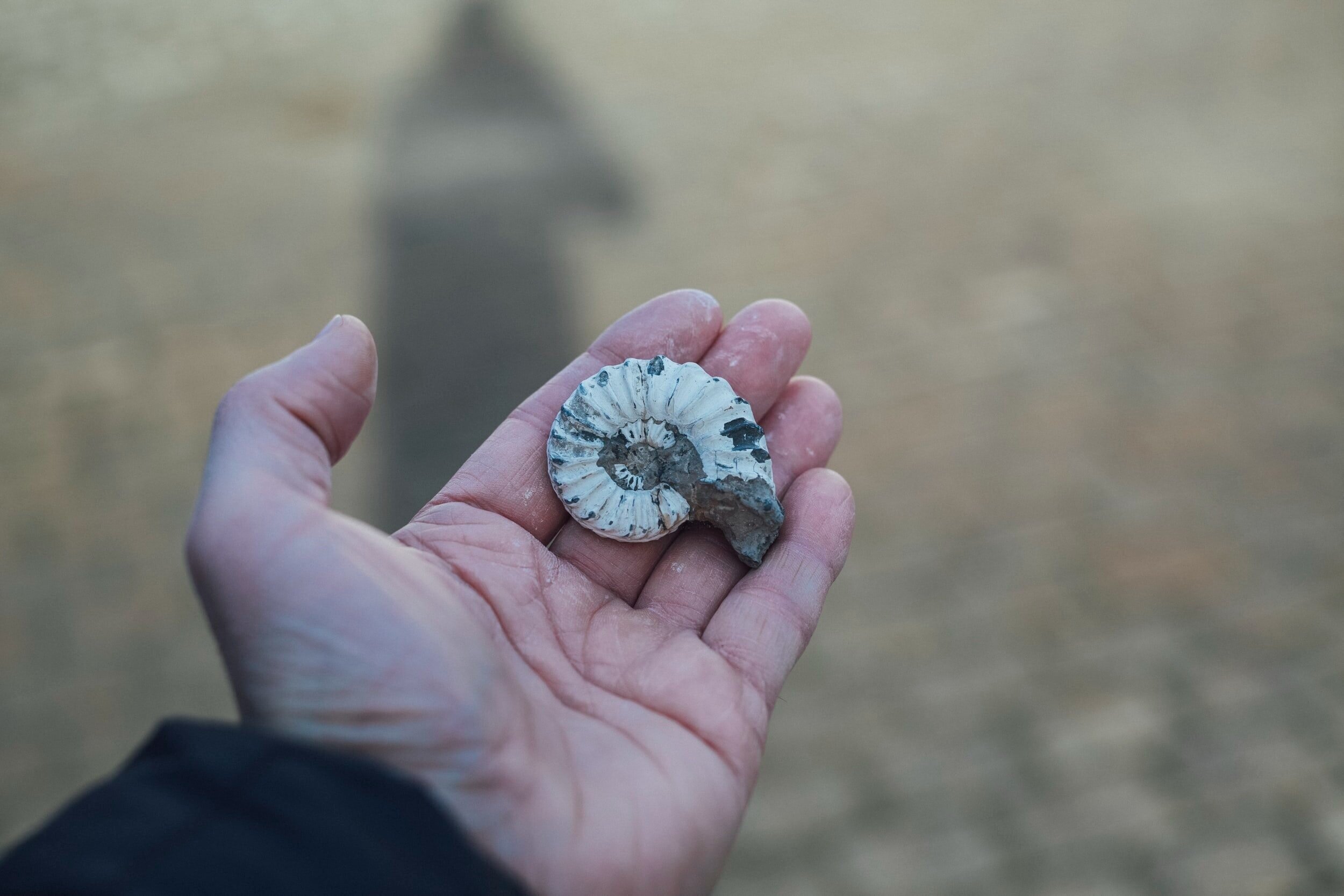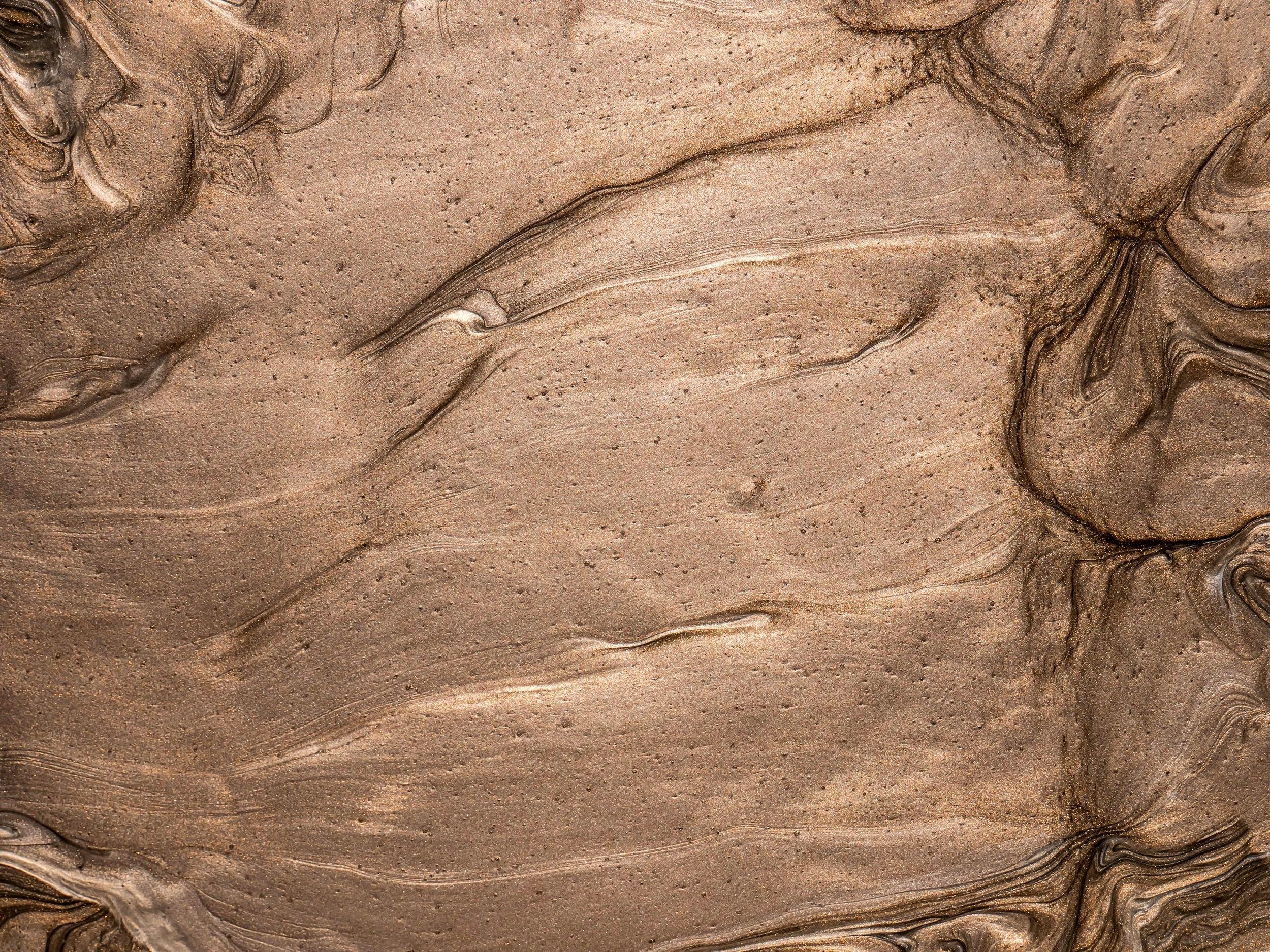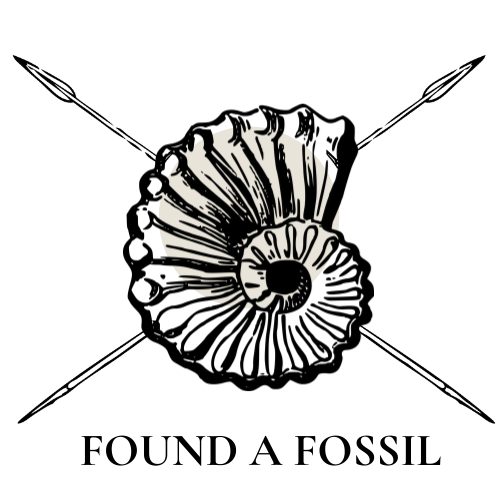“Who You Gonna Call?”
Finding Fossils & Indigenous Artefacts in Australia
Survey
Website

Guidelines for Heritage Finds
If you ever found an Indigenous artefact, or a fossil, would you know what to do with it?
Here, we provide some information and simple guidelines you can follow to help us protect heritage material and the amazing stories it can tell.
-

What are fossils?
Fossils are any preserved remains, impressions, or traces of things that used to be alive in past geological periods. Fossils may include dinosaur or other preserved animal bones, fossils of leaves and trees, footprints, shells, etc.
-

What are artefacts?
Archaeological artefacts, also known as cultural objects or cultural belongings, are items made by humans or related to human history. This can include stone tools, jewellery, items from everyday life (baskets, pots, etc.), weapons and more.
Guidelines for Heritage Finds
These guidelines are specifically related to Aboriginal and Torres Strait Islander artefacts and sites.
Do Not Disturb
If you find an Indigenous artefact (e.g. in a national park, reserve, or on your property), try and leave it where it is – this will allow Aboriginal or Torres Strait Islander People to find the object and interpret is as part of the wider landscape.
These artefacts and sites are part of the living cultures and histories of Australian Aboriginal and Torres Strait Islander Peoples.
Record the Details
If you find an artefact, take photos of the object, where you found it, and record any other important details. This could be a GPS location, if there are any other artefacts nearby, the date you found the object, and a sketch of the artefact.
Seek Advice
Artefacts you find on your property, or in other settings such as in national parks, do not belong to you. You should contact the relevant heritage body in your state who can help to connect you with local Indigenous communities and manage next steps and care for the artefacts. Harming or damaging Indigenous artefacts or sites is illegal.
If you want to know more general information about the artefacts and the history of the land you are on, you can also connect directly with your local Indigenous community, the Local Aboriginal Land Council, or a museum.
Finding artefacts on your property won’t affect your ownership of the land, but many Indigenous communities would love to start conversations with you about what you have found and about the rich history of the country and people.
Get Permission
If you find a fossil, you may need permission to collect it – this will depend on what land you are on, and what state you are in. Permission might be from the owner of private land or the local council. In some locations, such as national parks, you should not remove fossils. Other places might require a scientific licence or fossicking permit.
Record the Details
If you find a fossil, take photos of the specimen, where you found it, and record any other important details. This could be a GPS location, if there are any other fossils nearby, they type of rock the fossil is in, the date you found the fossil, and a sketch.
Collect Responsibly
Fossils are relatively rare and can be fragile – handle them with care! Exercise restraint in the amount of material collected if there are multiple specimens, and be careful with what equipment you choose to use.
Seek Advice
For help with fossil identification, excavation of specimens, and further research, you can reach out to a university or museum.

Farmers, miners, bushwalkers, and other members of the public have made important discoveries of Indigenous artefacts, and fossils, contributing to our understanding and appreciation of human history, and the history of life.
In every state and territory of Australia, it is a legal requirement to report any Indigenous objects or sites that you discover.
In Australia:
It is an offence to destroy or damage an Indigenous object or site (this can include moving or collecting an object).
You can be issued with hefty fines and face jail time for the deliberate destruction or damage to Indigenous heritage objects or sites.
If you do find an Indigenous site or object on your property, you can work with the relevant heritage body to safeguard the object. This can include returning the object to relevant traditional owners, creating a co-management plan with the local Indigenous community, or avoiding potentially damaging activities (e.g., ploughing, mining, construction) in the area where the site or object is located.
The Protection of Moveable Cultural Heritage Act 1986 ensures that Indigenous artefacts and significant cultural material is not exported out of the country without the appropriate permits.

In every state and territory of Australia, there are also different rules and requirements for fossil finds.
The rules and regulations for fossil discoveries varies according to two main factors:
What state you are in
Who owns the land where you find the fossil (e.g., if it is your property, or a national park, or on crown land [like a public beach]).
The Protection of Moveable Cultural Heritage Act 1986 also ensures that significant Australian fossils are not exported out of the country without the appropriate permits.

Fossils and artefacts help to tell us the stories of people, plants, animals, and landscapes from the past. It is so special that this evidence from the past has survived to this day. We want to keep being able to protect and share fossils, artefacts, and the stories they tell for future generations.
We can trace our own evolution back in time through fossils and artefacts – a life history spanning over 3.5 billion years to the first evolution of life on earth, to where we stand today.
That seems like a history worth protecting.
The information provided here is a guide only. Apart from the specific legislative acts of each state, this information is primarily based on:
First Peoples - State Relations (2021). Heritage: Aboriginal Places and Objects.
Geoscience Australia (2018). Cultural Heritage Legislation (Indigenous and non-Indigenous) Guidelines.
Packham, A. (2014). Between a rock and a hard place: Legislative shortcomings hindering aboriginal cultural heritage protection. Environmental and Planning Law Journal 31, 75–91.
Thorn, K. 2021. How to hunt fossils responsibly: 5 tips from a professional palaeontologist. The Conversation.
Percival, I. 2014. Protection and Preservation of Australia’s Palaeontological Heritage. Geoheritage 6, 205-216.
NatureScot (2020). Scottish Fossil Code.
Yamatji Marlpa Aboriginal Corporation (2014). Aboriginal Cultural Sites and Artefacts: Guidelines for Companies, Developers and the General Public.
This information was last updated 14/11/2021.
After viewing, please exit this window and return to the survey - thank you!

